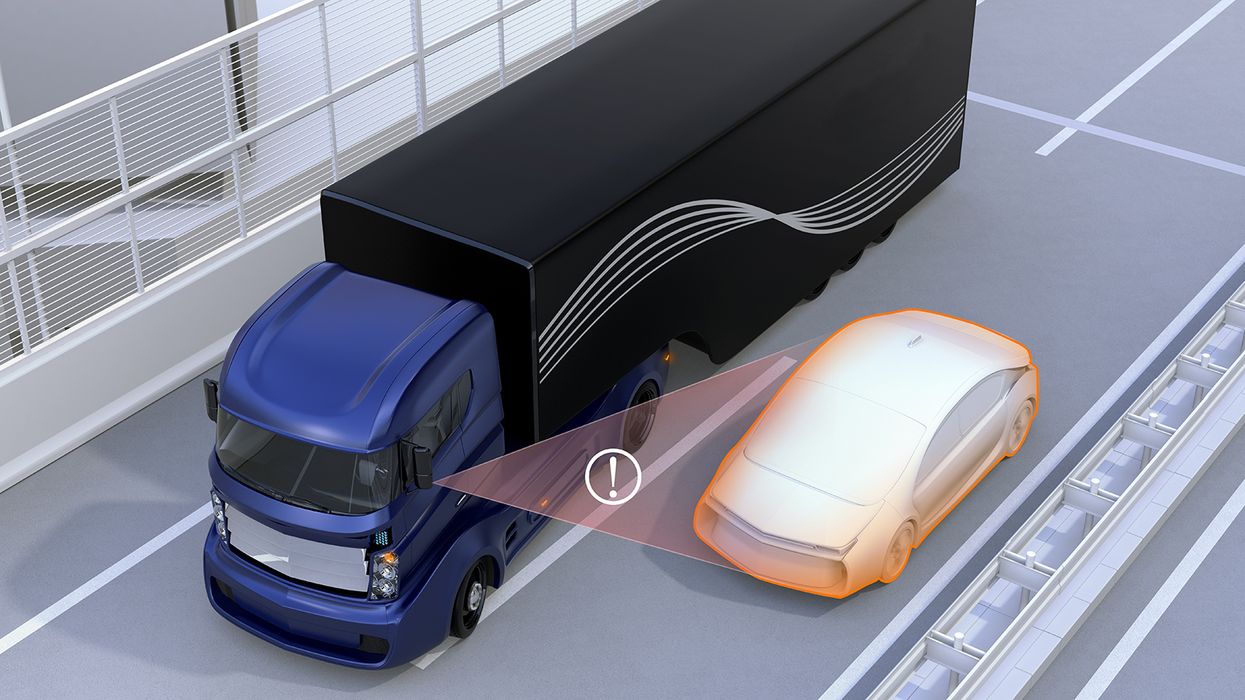Advanced driver assistance systems (ADAS) are a double-edged sword – Here’s why
Using advanced driver assistance systems (ADAS) on commercial motor vehicles (CMVs) can reduce crashes, violations, and costs. Neglecting ADAS training and maintenance, however, can lead to system misuse and malfunctions. In the event of an accident, the use of ADAS can be a double-edged sword.
Here’s why it is crucial for motor carriers to invest in comprehensive ADAS training and maintenance:
Reducing potential liability
ADAS technologies like lane departure warnings (LDW), automated cruise control (ACC), and automatic emergency braking (AEB) are expensive but designed to prevent accidents and make collisions less severe. If drivers aren't trained or the systems aren't maintained, it can lead to negligence claims after a crash. To get the most out of ADAS, drivers and technicians need to be trained to avoid misuse and legal issues.
Maintaining system readiness
Conducting regular maintenance checks and requiring drivers to report system defects for immediate repair ensure ADAS works when needed.
A horrific example of when this didn't occur was in 2020. A crash on the Pennsylvania Turnpike involved a motorcoach and two package carriers. There were five deaths and 60 injuries. The motorcoach was speeding and overturned in the roadway ahead of the package carrier vehicles. One package carrier vehicle’s AEB system wasn't working, which could have slowed the vehicle sooner. The National Transportation Safety Board (NTSB) findings stated that drivers should report defects in collision avoidance systems to trigger timely repairs.
Training enhances safety
ADAS technologies are only as good as the drivers operating the equipped vehicles. Having properly trained drivers is a top concern of fleet safety professionals.
The J. J. Keller Customer and Market Insights 2025 State of Fleet Management survey found that 58 percent of respondents chose “How to safely and correctly operate their specific vehicle types” as the most important item in the Driver Knowledge and Skill category. Additionally, under the New Vehicle Technology category in the same survey, the top concern was “Drivers accepting and properly using new vehicle technology” with 43 percent of respondents making that selection.
Proper ADAS training ensures that drivers understand:
- The importance of a working system and reporting defects,
- How to recognize and not overreact to system alerts, and
- How to respond when ADAS actively depowers, brakes, or steers the vehicle.
In April, Nationwide Insurance’s Driving Behaviors 2025 study found that 7 in 10 drivers fear, injury, death, or lawsuits while driving a CMV. Proper training upon assignment to an ADAS-equipped vehicle can significantly reduce driver anxiety and the likelihood of accidents, protecting both the drivers and the public.
Maximizing efficiency
ADAS can enhance fuel efficiency and safety. The use of ACC maintains optimal speeds and safe following distances, and achieves better fuel economy. When drivers are trained to use these features effectively, motor carriers can see a noticeable improvement in fuel efficiency and overall fleet risk performance.
Keys to remember: Training drivers and technicians on ADAS is not just necessary but strategically important for motor carriers. Documented training enhances safety, maximizes efficiency, builds driver confidence, and reduces liability risks.



















































